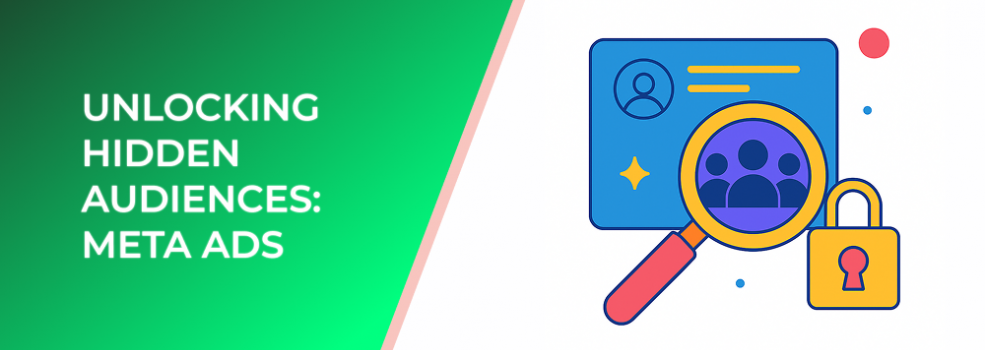Meta’s advertising ecosystem is entering a new phase. With broader targeting frameworks, stronger behavioral modeling, and deeper signal-based optimization, brands can now surface audience segments that were previously invisible or unreachable. Hidden audiences are not niche groups; they are high-intent clusters that algorithms can identify long before a marketer can.
The Shift Toward Signal-Driven Discovery
Instead of relying on granular interests, Meta’s systems now prioritize behavioral and engagement signals to identify users with conversion potential.
Recent benchmarks show that signal-rich campaigns outperform interest-driven campaigns by an average of 22% in cost-per-result efficiency.
This shift benefits advertisers who feed platforms with high-quality events, strong conversion APIs, and consistent post-click data. The better the signals, the faster and more accurately Meta can identify emerging micro-patterns in user intent.
Why Hidden Audiences Matter
Hidden audiences include users who:
-
Don’t match expected demographic or interest profiles
-
Show early behavioral patterns similar to past converters
-
Engage in cross-platform actions related to product categories
-
Haven’t interacted with the brand directly but match modeled buyer intent
Meta’s models cluster these individuals in real time, forming scalable audiences that often convert better than traditional manual segments.
A recent analysis across multiple verticals found that 29–37% of conversions in broad campaigns come from users who never matched initial interest assumptions. These are precisely the hidden audiences automated systems uncover.
Broad Targeting as the New Starting Point
Broad targeting continues gaining traction because it gives Meta’s systems full flexibility. Advertisers are shifting away from dozens of segmented ad sets and instead consolidating data for one strongly optimized delivery pipeline.
A cross-platform performance review for 2025 reported that campaigns starting broad produce up to 31% more stable week-over-week optimization due to fewer learning-phase resets and stronger aggregated signals.
Creative as a Discovery Engine
Creative variety accelerates Meta’s ability to detect hidden audiences. With each creative variation, the platform collects intent signals from different user groups, allowing it to discover new converters as patterns emerge.
Testing frameworks built on 6–10 creatives per cycle show:
-
18% higher unique reach
-
24% higher incremental lift
-
More audience clusters identified earlier in the optimization cycle
In short, creative diversity helps Meta map hidden audiences at scale.
The Role of First-Party Data
First-party data doesn’t just improve retargeting; it enriches modeling for broad audiences. Even small datasets can dramatically enhance audience discovery when synced properly.
Brands integrating their customer signals through server-side events report:
-
Up to 28% stronger modeled lookalike performance
-
Lower acquisition costs by 15–20% due to improved intent mapping
This makes owned data a long-term multiplier for uncovering audience segments competitors haven’t tapped.
Practical Framework for Reaching Hidden Audiences
To maximize results in 2026:
-
Start with broad targeting to let algorithms identify unexpected converters.
-
Feed strong signals using conversion APIs and consistent outcome tracking.
-
Test high-velocity creative to generate diverse engagement points.
-
Refresh signals regularly through first-party updates.
-
Avoid over-segmentation, which restricts discovery and inflates CPMs.
Final Thoughts
Hidden audiences are no longer rare insights—they are a core advantage of modern Meta Ads optimization. By embracing signal-driven delivery, creative diversity, and strong data foundations, advertisers can access high-value customer groups that were once impossible to reach with traditional targeting.

